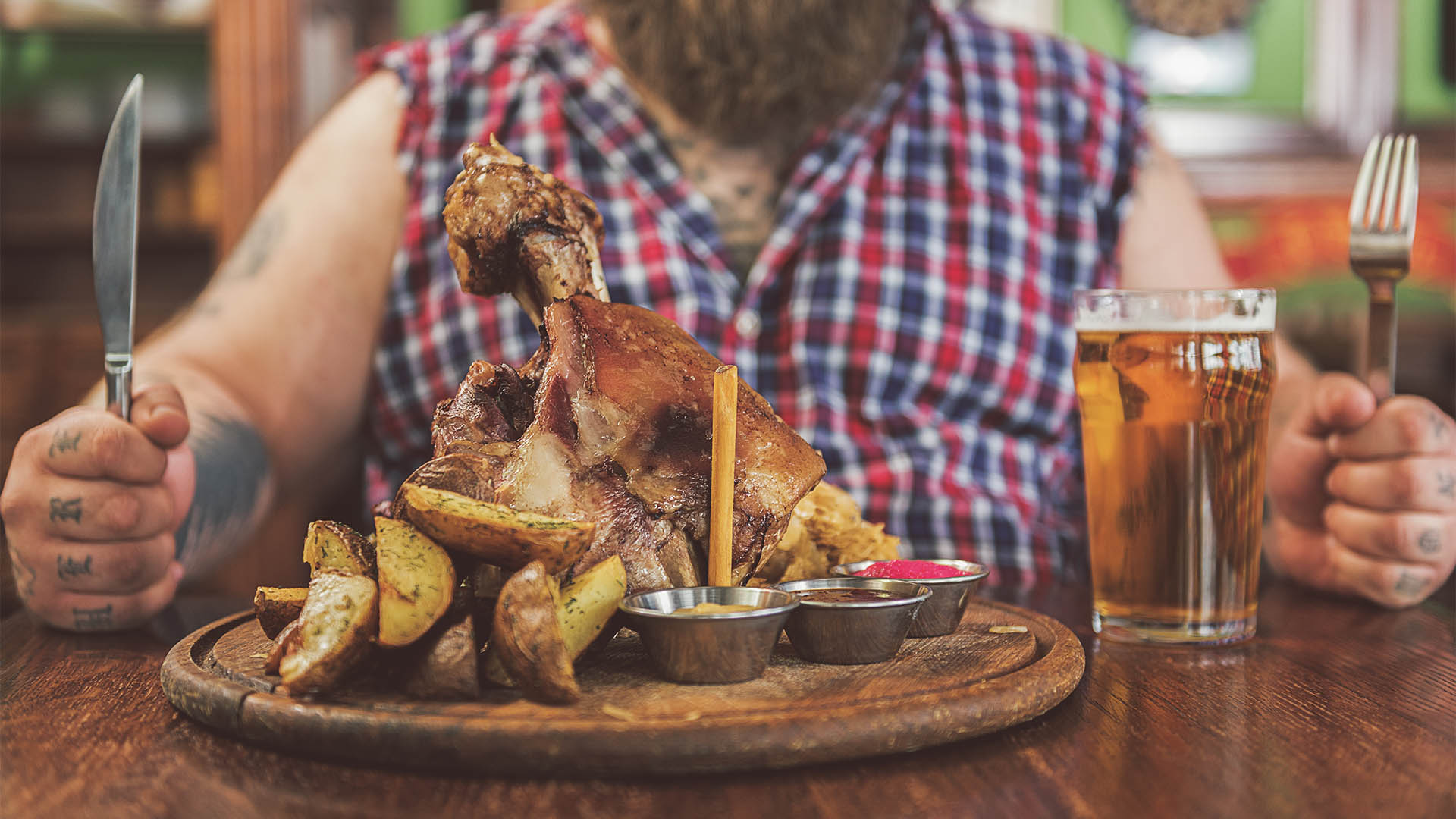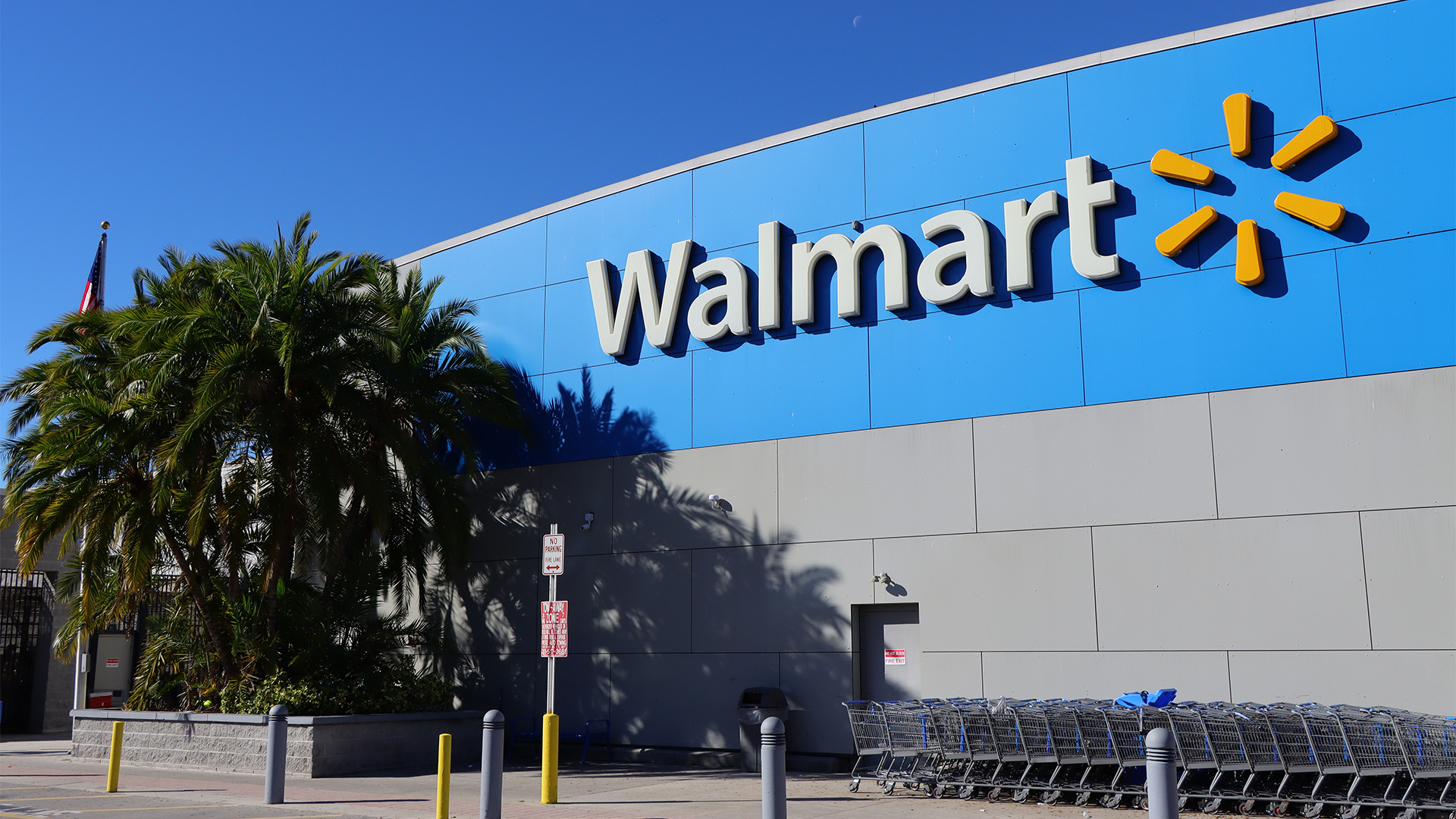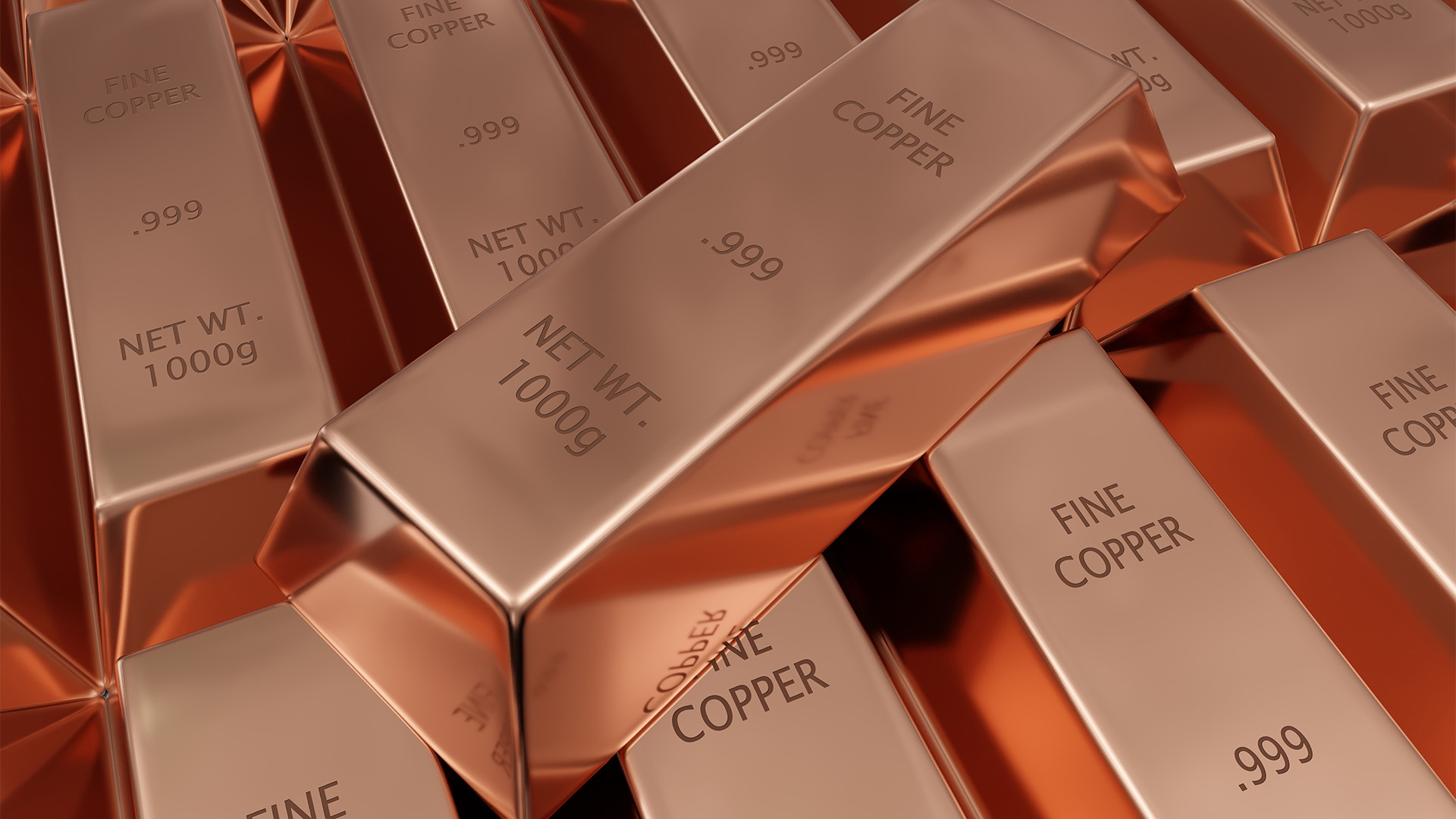Australia’s economic activity slowed slightly in the three months to September; but in reality, except for a couple of data sets, the national accounts and GDP numbers for the quarter were historical and of not much use for serious analysis going forward into 2023.
The Australian Bureau of Statistics data showed solid consumer spending and several smaller contributors helped the economy grow 0.6% in the quarter for an annual rate of 5.9% – made to look stronger by the very weak 1.9% contraction in growth in the September quarter a year ago dropping out of the comparative base but the 3.8% rebound for the December quarter remaining in.
The economy managed to continue growing despite the flurry of interest-rate rises by from the Reserve Bank – there have been three more since the end of the September quarter totalling 0.75% which will put further pressure on the economy in the first half of 2023.
The market had been looking (very optimistically) for annual GDP growth of 6.3%. In reality the economy is now 6.5% larger than it was pre-pandemic which is better than most other major economies, according to the National Australia Bank.
Growth slowed from 0.9% in the June quarter earlier as increased imports offset a rise in exports, billions of dollars more in dividends and payments flowed from Australian companies, especially energy companies, to offshore shareholders and financiers, overseas travel by Australians grew faster than inbound tourism and migration and the wet weather clipped exports of coal, but helped boost rural exports.
Weaker commodity prices including iron ore resulted in a 6.6% decline in Australia’s terms of trade, its largest fall since June 2009 as we were emerging from the GFC.
But iron ore prices have risen in recent weeks as buyers from China stock up ahead of the week-long Lunar New Year break from January 22.
“Households continued to increase spending on domestic and international travel as Covid-19 travel restrictions continued to ease,” said Sean Crick, ABS head of national accounts. New vehicle sales were also up as supply-chain congestion eased, he added.
Household spending rose 1.1% in the third quarter, contributing 0.6 percentage point to GDP as consumer bought cars that had been ordered but delivery delayed, spent more going out for coffee, meals and entertainment and travelled more.
Growth was driven by higher spending on travel-related categories, such as transport services, hotels, cafes and restaurants, the ABS said.
The solid household spending and higher interest costs for housing (and higher rents) saw the household-savings-to-income ratio fall for the fourth consecutive quarter, to 6.9% from 8.3%, with falling real wages again a big drain on household income.
The fall was despite a 3.2% rise in compensation for employees in the quarter (which is an aggregate measure). Real wages actually fell in the quarter.
The 6.9% share is almost the same as the pre-pandemic 6.8% in the December, 2019 quarter and confirms the great build up in bank deposits and cash in hand by consumers – that helped power the online shopping boom in 2020 and 2021 – is over and next year will see more strain on household budget.
Exports rose 11% as international students and tourists returned to Australia, although net trade detracted 0.2 percentage point from GDP amid factors including increased outbound tourism as Australia continued to re-open and the cost of flying soared faster, the ABS said.
A potential area of concern for the Reserve Bank of Australia might be that employee compensation rose by the most since December 2006. It increased 3.2% over the quarter against the backdrop of a tight labour market and an increase in the minimum wage.
But that’s an aggregate measure and more than 690,000 extra people had jobs in the September quarter than a year earlier, an increase in the size of the labour force of 5.4%.
ABS data showed the Wage Price Index rose 3.1% in the year to September, so with the rise of 5.4% (8.5%) in the size of the labour market, the near 10% rise in compensation of employees over the year doesn’t look too strong because it is an aggregate measure.
Real unit labour costs fell again for another quarter – down 2.5%, relieving some of the pressures on costs. That was a smaller fall than the 4.8% drop in the year to June 30.
And buried in a summary of the September quarter from the Bureau of Statistics was a big positive for lithium:
“Our lithium concentrates exports reached a value of $3.4 billion this quarter and was up six-fold through the year. Lithium has surged into Australia’s top 10 export commodities,” the ABS pointed out.













